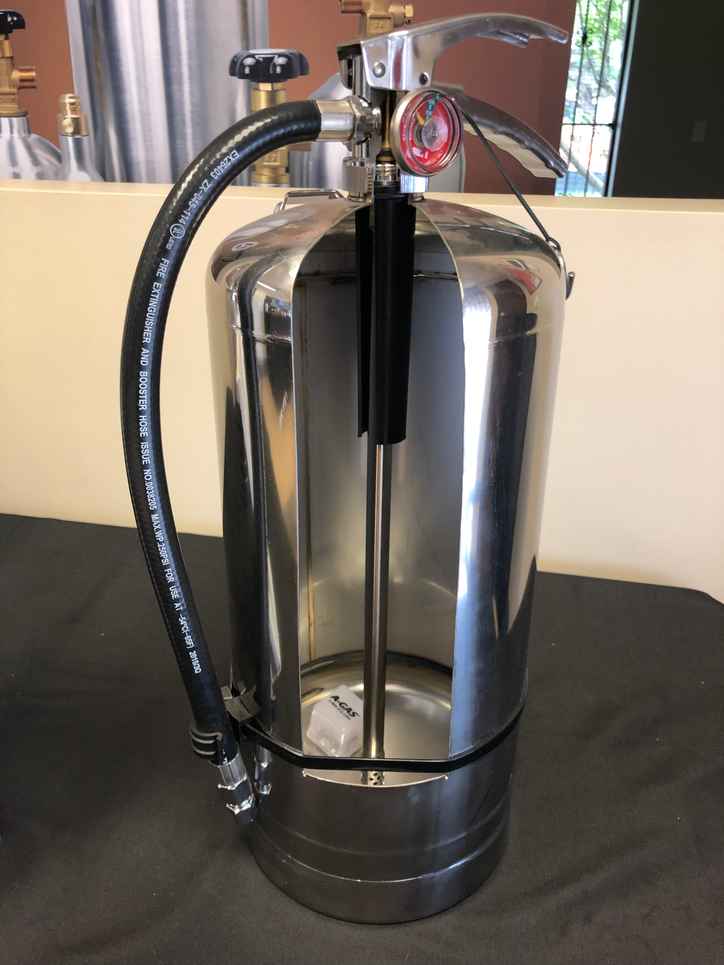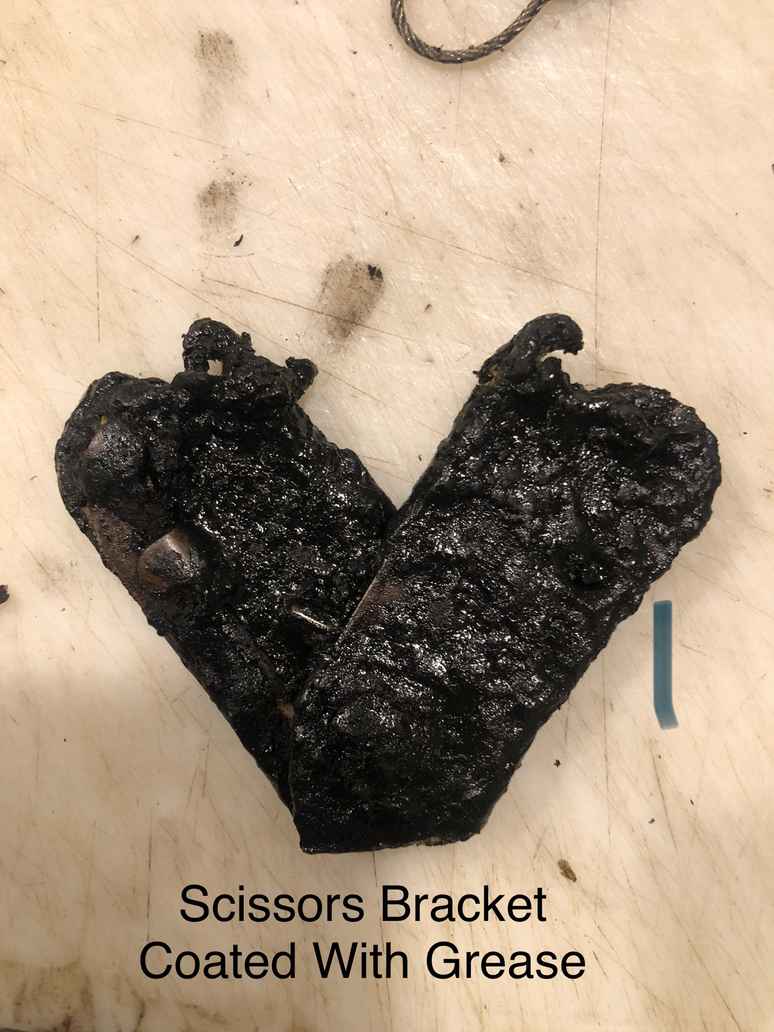Blog Details
- Home
- Blog Details

Fire Extinguisher Inspection – Parts of a Fire Extinguisher
Overview
If you’re looking for a company to do a fire extinguisher inspection in Houston, Texas, than look no further than Focus Fire & Safety. There are many different types of fire extinguishers, but most of them work in a similar manner. Like any piece of equipment, regular maintenance is necessary to ensure your fire extinguisher will work in the case of a fire event. Our licensed technicians can inspect and service your fire extinguishers and detect any problems which may cause them to malfunction. Local businesses trust our team to help keep their equipment in top working order, which in turn, keeps their property and employees safe. The following is a list of the key components of a fire extinguisher.
Tank
The tank is the cylinder that holds the extinguishing agent. It is designed to withstand an internal pressure such that it can adequately expel the agent.
Agent
There are a large variety of extinguishing agents. They can be in the form of a powder, liquid or gas. Each agent is designed for different types of fires and are listed on the tank.
Handle
The handle serves several purposes. First, the lower part of the handle is to carry the extinguisher. Second, the upper portion of the handle can be pushed or depressed in a downward motion to expel the agent inside the tank. Third, it screws in to the tank, keeping the tank pressurized.
Valve
A valve is located inside the handle assembly. The valve is pressed against a metal seat and prevents the agent from escaping the tank. When the handle is depressed, it pushes the valve downward away from the seat, allowing the internal tank pressure to expel the agent through the hose. This valve is inspected and replaced if needed every 6 years.
Discharge Hose
A flexible rubber hose is attached to the discharge side of the handle. During a fire event, the user aims the hose at the base of the fire and depresses the handle.
Pull pin
A pin with a ring on the end is located in the upper portion of the handle. This prevents the handle from being accidentally depressed. The pin is inspected annually to ensure it’s free from rust and not bent. Once the pin is pulled out, the handle can be depressed.
Tamper Proof Seal
A plastic seal is wrapped through the pull pin in a manner to keep it from accidentally falling out of the handle. This seal will break at about 5 pounds of force when you pull the pin. Our technicians pull the pin out at every inspection. After reinserting the pin, a new dated tamper seal is placed on the pull pin.
Dip Tube
The dip tube is a long “straw-like” tube that is attached to the bottom of the handle inside the tank and extends to within 1 inch from the bottom of the tank. The dip tube carries the agent up and out of the tank through the handle assembly.
Pressure Guage
The pressure gauge measures the internal pressure of the tank. Typical pressures range from about 100 psi to around 200 psi for ABC extinguishers. There is a needle that moves with a change of pressure. This needle should be well within the green range of the pressure gauge. If the needle falls below the green range, there may not be enough pressure to expel the agent. If this happens, Focus Fire & Safety can service your extinguisher and bring it up to spec per NFPA standards.
Conclusion
You can trust our licensed professionals at Focus Fire & Safety to properly inspect, maintain and service your fire extinguishers according to NFPA standards. After all, what’s the point of having fire extinguishers in your restaurant or office if they don’t work when you need them. If you’d like a consultation, or have a few more questions to ask, contact us today!
Recent Comments
Popular Feeds
-
Fire Extinguisher Inspection – Parts of a Fire Extinguisher
October 5, 2021 -
Overview of the Exhaust Hood System
September 20, 2021 -
Teaching Kids About Fire Safety
September 7, 2021




Leave a comment